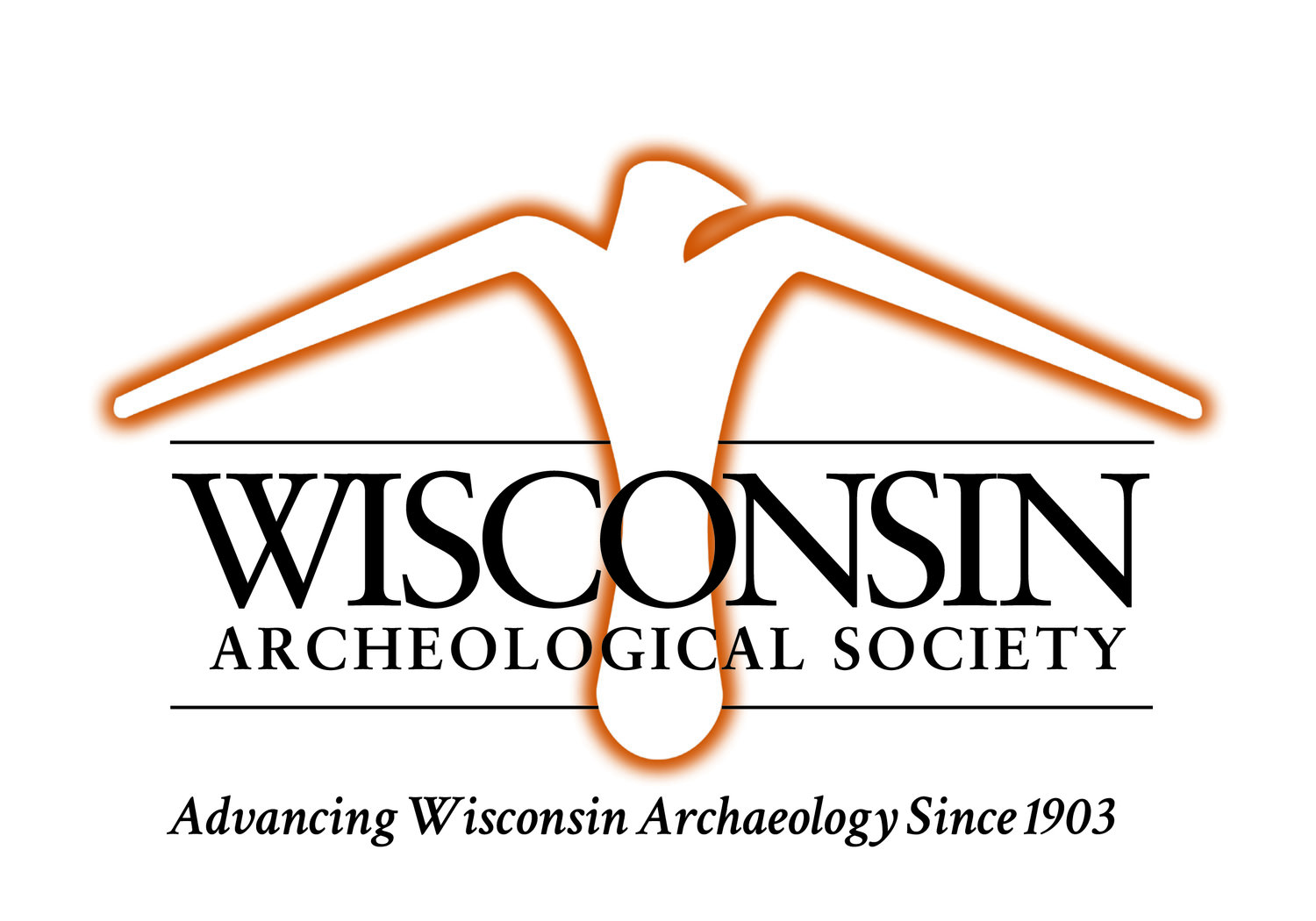Analysis of Potential Loading Activities and Subsistence Economies of Prehistoric groups in the Lower Tennessee River Valley
Sarah Boncal, UWM PhD student
Cervical vertebrae are an effective biomechanical proxy for understanding physical activities of a populace due to the osteological reactivity of nuchal muscle use to extensive weight and pressure. Differentiation in the distribution of osteophytosis (OPL), osteoarthrosis (OA), and ossification of the ligamentum flavum (OLF) along the cervical vertebrae may indicate particular biomechanical stresses and/or burden-bearing differences between subsistence strategies. A collection of 287 pre-Columbian Native American individuals were analyzed from six archaeological sites located in the lower Tennessee River Valley: three sites (Cherry, Eva and Kays Landing) from the Archaic period (~2500-1000 BC) that reflect an intensive hunter-gatherer subsistence strategy; and three sites (Link, Slayden and Thompson Village) from the Mississippian period (~AD 1000-1200) that reflect an agriculturalist subsistence economy. While degenerative changes are ultimately phenomena related to age and body size and are etiologically multifactorial, the results of this study suggest a strong patterned co-association between reactive changes on the cervical spine and particular repetitive load-bearing movements (e.g., head balancing and head tumpline usage, weight bearing by the arms) and subsistence economy.
Monday, 12/15 at 8:15pm
Sabin Hall Room G90, UW-Milwaukee





